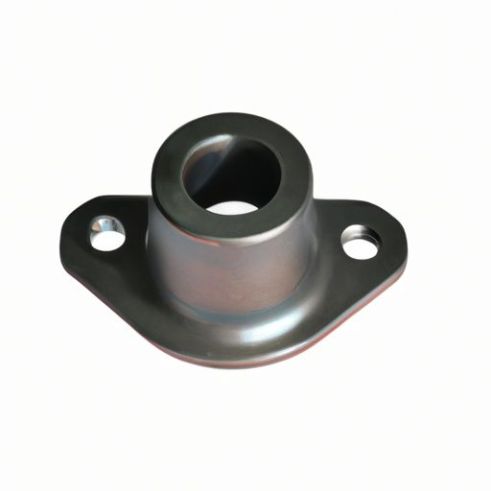Table of Contents
How to Identify and Replace a Faulty Carrier Bearing
 Carrier Bearings are an essential component of a vehicle’s drivetrain system, providing support and stability to the driveshaft. Over time, these bearings can wear out or become damaged, leading to vibrations, noise, and potential drivability issues. In this article, we will discuss how to identify a faulty carrier bearing and the steps involved in replacing it.
Carrier Bearings are an essential component of a vehicle’s drivetrain system, providing support and stability to the driveshaft. Over time, these bearings can wear out or become damaged, leading to vibrations, noise, and potential drivability issues. In this article, we will discuss how to identify a faulty carrier bearing and the steps involved in replacing it.
One of the most common signs of a failing carrier bearing is a noticeable vibration coming from underneath the vehicle. This vibration may be felt in the steering wheel or floorboard, especially at higher speeds. Additionally, a loud humming or whining noise may be present when the bearing is under load, such as during acceleration or deceleration. It is important to address these symptoms promptly to prevent further damage to the drivetrain system.
To diagnose a faulty carrier bearing, start by inspecting the driveshaft for any visible signs of damage or wear. Look for any cracks, dents, or excessive play in the bearing itself. You may also want to check for any unusual noises or vibrations while the vehicle is in motion. If you suspect a problem with the carrier bearing, it is best to have it inspected by a qualified mechanic to determine the extent of the damage.
Once a faulty carrier bearing has been identified, the next step is to replace it. This process can vary depending on the make and model of the vehicle, as well as the location of the bearing within the drivetrain system. In most cases, the carrier bearing is located on the driveshaft near the center support bearing or in the middle of the driveshaft itself.
To replace the carrier bearing, start by safely raising and supporting the vehicle on jack stands. Next, remove the driveshaft from the vehicle by disconnecting it from the transmission and differential. Carefully slide the driveshaft out of the vehicle, taking care not to damage any surrounding components.
With the driveshaft removed, locate the carrier bearing and support bracket. Depending on the design of the bearing, it may be held in place by Bolts or a retaining clip. Use the appropriate tools to remove the bearing from the support bracket, taking care not to damage the driveshaft or surrounding components.
Once the old carrier bearing has been removed, install the new bearing in its place. Make sure the bearing is properly aligned and seated in the support bracket before securing it with bolts or a retaining clip. Reinstall the driveshaft back into the vehicle, making sure to properly align the Universal Joints and center support bearing.
After the carrier bearing has been replaced, lower the vehicle back to the ground and test drive it to ensure proper operation. Listen for any unusual noises or vibrations that may indicate a problem with the new bearing. If everything checks out, you can rest assured knowing that your vehicle’s drivetrain system is in good working order.
In conclusion, carrier bearings play a crucial role in the drivetrain system of a vehicle, providing support and stability to the driveshaft. By being aware of the signs of a faulty carrier bearing and knowing how to replace it, you can help maintain the overall performance and longevity of your vehicle. If you suspect a problem with your carrier bearing, don’t hesitate to have it inspected and replaced by a qualified mechanic.
